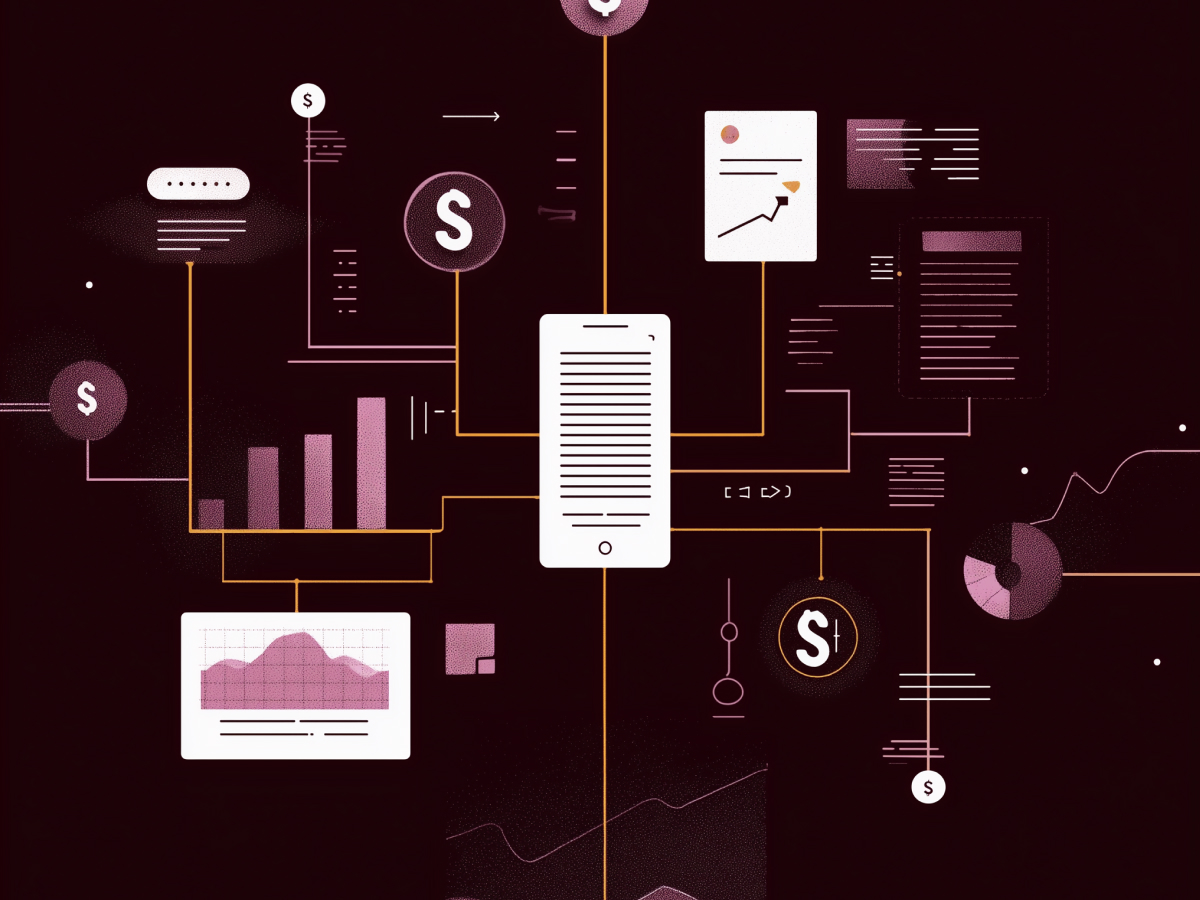AI transforms data into actionable insights
You’re sitting on more data than ever. Campaign metrics. Conversion rates. Customer touchpoints. It’s all there. But data alone doesn’t drive results. Insight does.
This is where AI shows real value for marketing operations. Instead of handing leadership teams raw dashboards and convoluted spreadsheets, AI can process these numbers and deliver something far more valuable: clarity. Not just “metrics up or down”, but what that movement actually means for revenue, customer engagement, or cost efficiency.
For the C-suite, the power lies in speed and confidence. AI takes all that campaign complexity and finds patterns, showing you what’s working, what’s not, and where to focus next. You get a forward-looking summary that actually informs business strategy. The better the data narrative, the faster you act. That’s how decisions scale.
This isn’t about replacing analysts. It’s about letting them operate further up the value chain. Let AI spend the time connecting the dots, your team should spend theirs acting on what matters.
AI reviews campaign workflows to enhance operational efficiency
Marketing workflows are fragile. Miss a trigger, delay a step, or misalign logic, and the whole sequence can fall apart. These are human systems, built with great intent, but not immune to error.
AI brings certainty to that system. It can audit workflows before they go live, surfacing gaps, redundancies, or logic flaws you probably didn’t catch. What slows campaigns down isn’t always execution, it’s foundational errors baked in too early.
Ask AI to walk through your campaign logic. Has every step been accounted for? Are there blockers that might delay progress? Is the sequence aligned with what’s worked before? When AI flags a risk, it’s not second-guessing your skill. It’s just doing what machines are good at: catching fine detail so you don’t have to.
For operations leaders, this means fewer failed launches and more predictability. Your campaigns deploy cleaner. Your teams move with more confidence. And your margin for error, in both time and cost, shrinks fast.
AI accelerates research and comparison of marketing tools
Selecting the right tech stack shouldn’t take days. But too often, it does. You get a request to evaluate a new customer data platform (CDP) or analytics suite. You dig through reviews, vendor sites, spec sheets. It’s inefficient, and frankly not the best use of time at your level.
AI simplifies the entire process. Feed it your parameters, budget, company size, use case, and it will return a comparison matrix that’s tailored, accurate, and ready to share. It lays out the top options, feature sets, pricing models, pros, cons, and even relevant case studies if needed.
This isn’t guesswork. It’s a systemized approach to decision-making. Instead of hours manually compiling research across platforms and forums, you get instant clarity across your options. That means reduced time to decision and faster implementation.
For senior leadership, this removes friction from a key operational task. Your team moves faster on critical tool selection, and the risk of incomplete evaluations drops. That gives you better technology alignment with business priorities, and more time to focus on growth.
AI streamlines task management and prioritization
More projects don’t mean more productivity. At some point, your team shifts from executing to managing chaos. Missed deadlines. Conflicting priorities. No real view of capacity. That’s where waste happens, and it scales fast.
AI can fix that. Push your task list into a system with AI integration, tools like Asana, Trello, ClickUp, and suddenly everything becomes clearer. Tasks get sorted based on real parameters: urgency, stakeholder alignment, impact. High-priority items rise to the top. Less critical work shifts down. AI-generated visual plans communicate the structure behind the workload, not just the tasks themselves.
More importantly, AI can automate updates to your stakeholders. It signals status, identifies capacity, and tells others when you’re at bandwidth. That transparency benefits everyone, marketing, IT, revenue, product.
Executives gain something crucial here: operational visibility. You can see where time goes, where the work is stuck, and how to deploy your team more effectively. This reduces friction inside the organization and drives momentum on strategic initiatives.
AI streamlines technical troubleshooting through documentation summarization
Every team hits technical roadblocks, broken integrations, unclear documentation, misfiring configurations. The usual response is time loss: sifting through vendor help docs, searching forums, or submitting support tickets with long delays. It’s inefficient and repetitive.
AI brings speed to that process. Input the documentation into an AI system and ask direct questions. It will surface the specific answer, error fix, or configuration step you need, instantly. This eliminates the unnecessary time spent wading through entire manuals.
Even better, you can build a searchable internal FAQ based on typical issues your team encounters. Once it’s in place, your operations team can access immediate guidance without escalating common problems or losing momentum. This has a compound impact over time, fewer interruptions, faster resolutions, and increased self-sufficiency.
For leadership, this isn’t just a technical improvement. It supports efficiency at scale, reduces downtime, saves labor hours, and limits dependency on external support teams. That creates higher operational resilience and stronger continuity, even on your most complex platforms.
AI empowers MOps professionals to focus on strategic excellence
AI isn’t about replacement. It’s about amplification. Marketing operations professionals manage vast responsibilities, from data strategy to systems management. When they’re buried under repetitive tasks, they can’t fully contribute to higher-value initiatives. That’s not good business.
Using AI as an assistant, not a substitute, unlocks capacity. Let the system handle task prioritization, documentation review, report summarization, and workflow checks. That frees your experienced team members to think bigger, revenue planning, CX strategy, tech stack evolution.
This shift has strategic impact. It drives stronger input from MOps professionals in board-level conversations. It gives you a forward-looking function rather than one stuck in execution.
For the C-suite, this is measurable returns, better alignment across teams, more proactive planning, and faster adaptation as market conditions shift. AI adoption here makes your business more agile, more focused, and better positioned to lead.
Key executive takeaways
- AI turns raw data into strategic insight: Use AI to deliver business-relevant narratives from complex marketing data, enabling faster, more confident decisions that align with revenue, customer engagement, and growth targets.
- Workflow logic is strengthened with AI oversight: Apply AI to validate campaign workflows before launch, reducing risk and improving execution by catching logic gaps, missed steps, or process inefficiencies early.
- Tool selection is faster and smarter with AI: Leaders should leverage AI to automate tool comparisons based on business needs, ensuring quicker, more informed decisions with less manual research.
- Task visibility improves with AI-powered prioritization: Integrate AI tools to automatically organize task queues by urgency and impact, giving executives clearer visibility into team capacity and project load for better resource planning.
- AI accelerates tech troubleshooting: Implement AI to surface precise answers from documentation, minimizing operational downtime and cutting reliance on external support by enabling in-house solutions.
- AI frees MOps teams to focus on strategic work: Adopt AI to handle time-consuming tasks, allowing marketing operations professionals to shift attention toward initiatives with higher business impact and strategic value.





